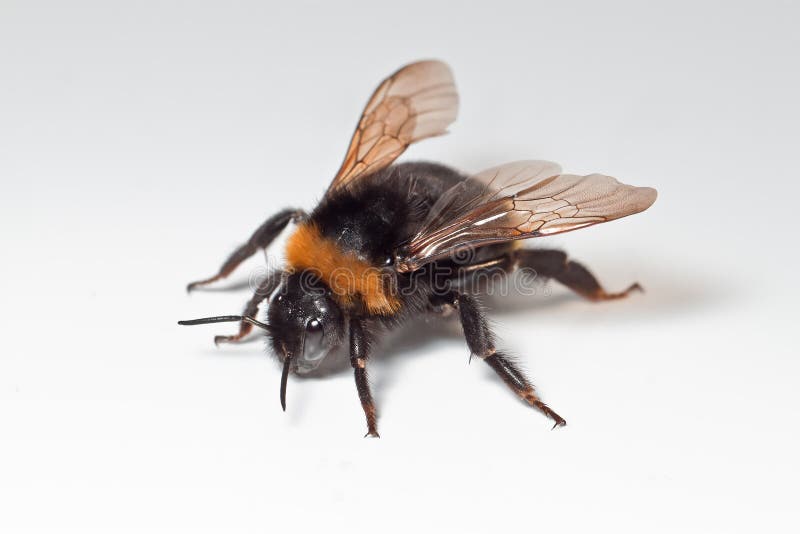


We conclude that honey bees are able to collect samples of the main airborne particles emitted from different sources, therefore could be an ideal tool for monitoring such a kind of pollutants.Ĭitation: Negri I, Mavris C, Di Prisco G, Caprio E, Pellecchia M (2015) Honey Bees ( Apis mellifera, L.) as Active Samplers of Airborne Particulate Matter. The role of both past mining activities and the industrial activity close to the study area as sources of the particulate matter is also discussed. along the costal margin of the fore wings, the medial plane of the head, and the inner surface of the hind legs). With the exception of the gut, all the analyzed body districts displayed inorganic particles, mostly concentrated in specific areas of the body (i.e. The analyses pointed to specific morphological and chemical features of the particulate, and resulted into the identification of three categories of particles: industry -, postmining -, and soil –derived. The head, wings, hind legs and alimentary canal of the bees were investigated with Scanning Electron Microscopy coupled with X-ray spectroscopy (SEM-EDX). The area is included in an official list of sites of national interest for environmental remediation, and has been characterized for the effects of pollutants on the health of the resident population. Worker bees were collected from hives located in a polluted postmining area in South West Sardinia (Italy) that is also exposed to dust emissions from industrial plants. In the present work we demonstrate that bees can also be used as active samplers of airborne particulate matter. During their wide-ranging foraging activity, these hymenopterans are exposed to pollutants, thus becoming a useful tool to trace the environmental contaminants as heavy metals, pesticides, radionuclides and volatile organic compounds. The next time you hear the buzz of a bee’s beating wings remember how important they are to our world and how they help us have food to eat.ĭr.Honey bees ( Apis mellifera L.) are bioindicators of environmental pollution levels. They move tiny grains of pollen around to help plants grow things like nuts, fruits, and vegetables. Researchers estimate that bees get about 500 miles on their wings before they start to tear and wear out.ĭuring their lifetime, bees will fly from flower to flower. Their wings will carry the bees through their whole lifetime. This helps the bees get lift and steer themselves in different directions as they fly.īees’ wings are the last thing to form before they emerge as adults (bees also develop through metamorphosis similar to butterflies).

When thehamuli are separated, the wings are like little rotary motors moving around in a circle like a propeller. When the hamuli are connected, the wings come together to act like one big kite. Small barbsĬalled hamuli can connect the forewing and hindwing together. The wings are connected to muscles in the middle section of the bee, or its thorax. And like a kite it has a cross-section of sticks, or the veins, which reinforce the wing,” Kirby said. “Scientists can identify bees by looking at the wings close up under a microscope. Different types of bees have different vein patterns on their wings. The veins are kind of like the cross-sections of the sticks in a kite. These parts add strength and stability to the wings, Kirby said. There are also veins filled with hemolymph, or insect blood. I found out chitin isn’t the only thing that makes up bees’ wings. In fact, a bee can carry a load of nectar that is almost equal to its body weight. But the strength of the material can help a bee carry a lot of nectar. While you have a skeleton under your skin, bees wear their skeletons on the outside of their bodies.īee wings are very thin and transparent, which means you can see through them, a bit like clear glass. Kirby told me that chitin covers the bee’s entire body and is what makes up the exoskeleton.

When a bee isn’t flying, the hindwings often get tucked in behind the forewings. There are the forewings, which are longer and the hindwings which are shorter. Chitin is what makes up the wings on each side of the bee’s body. Melanie Kirby with a few (hundred) honey bees.īee wings are made of a material called chitin (KITE-IN) and it’s a lot like keratin, the material that makes up your fingernails. But if you make it out of a strong plastic film it will be stronger. If you make a kite out of thin tissue, it might rip. Kirby said you can think about bee wings as if they were a kite. I learned all about bee wings from my friend Melanie Kirby, a honey bee researcher at Washington State University. Bee wings may be small, but they are really strong.


 0 kommentar(er)
0 kommentar(er)
